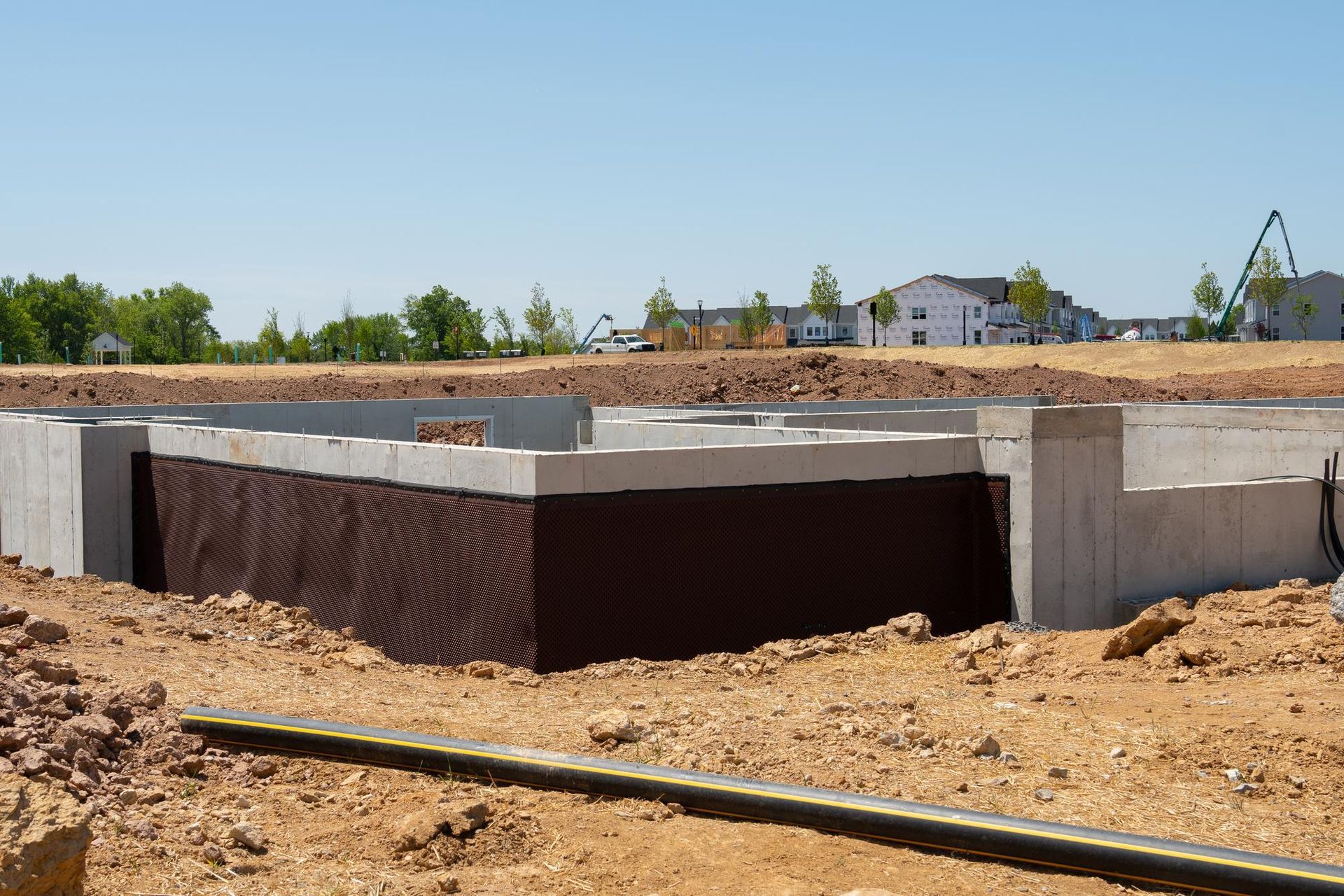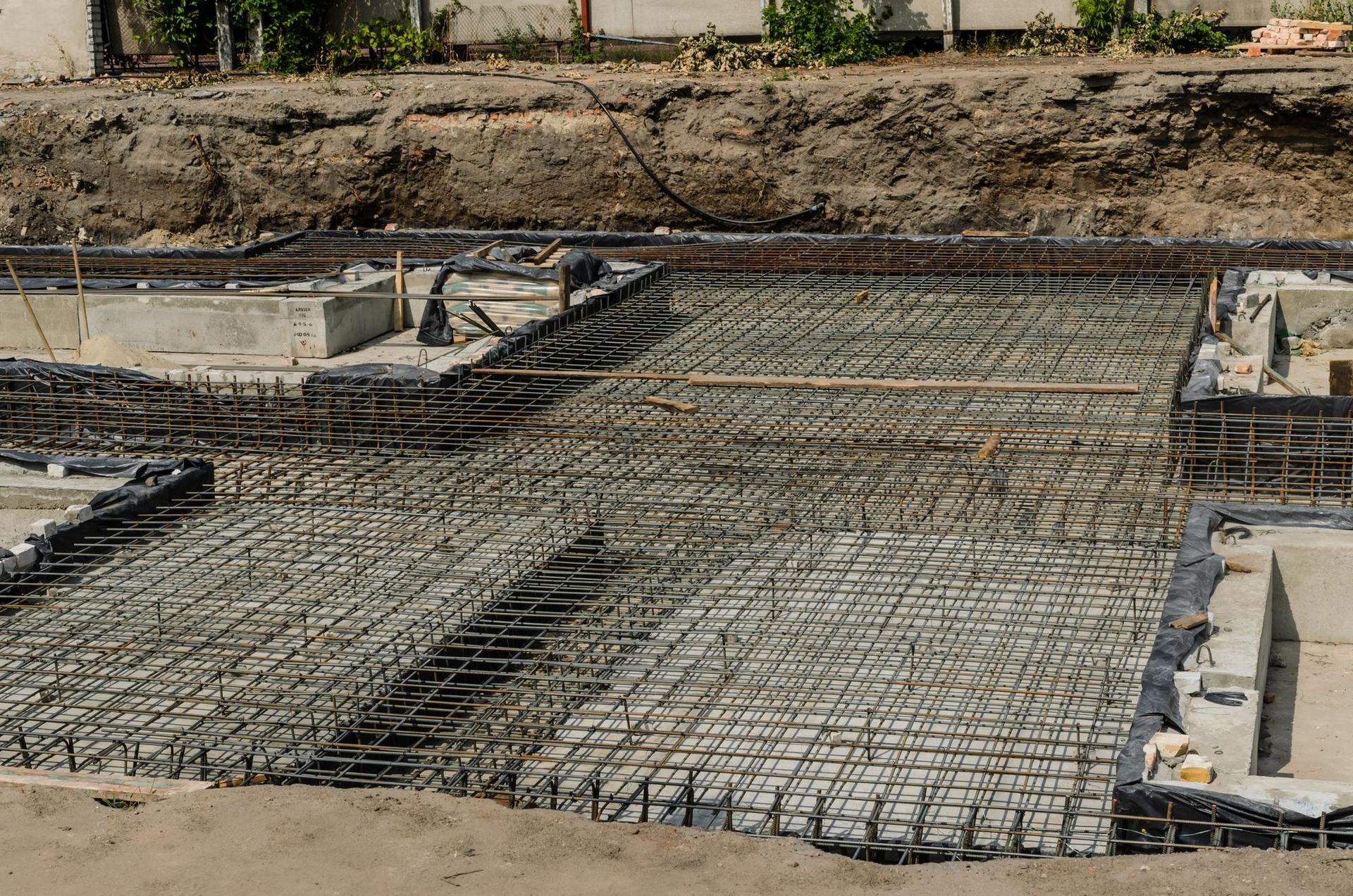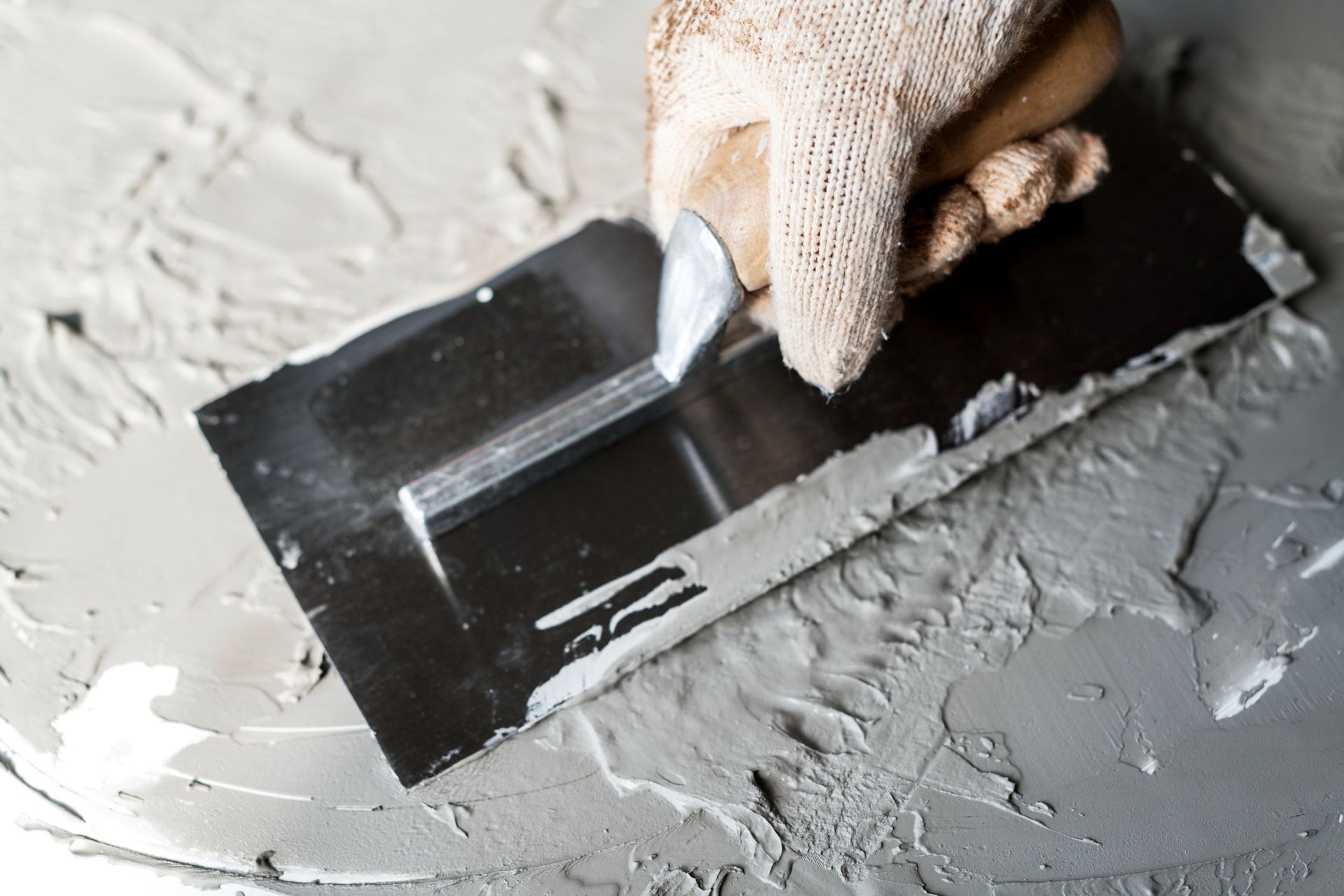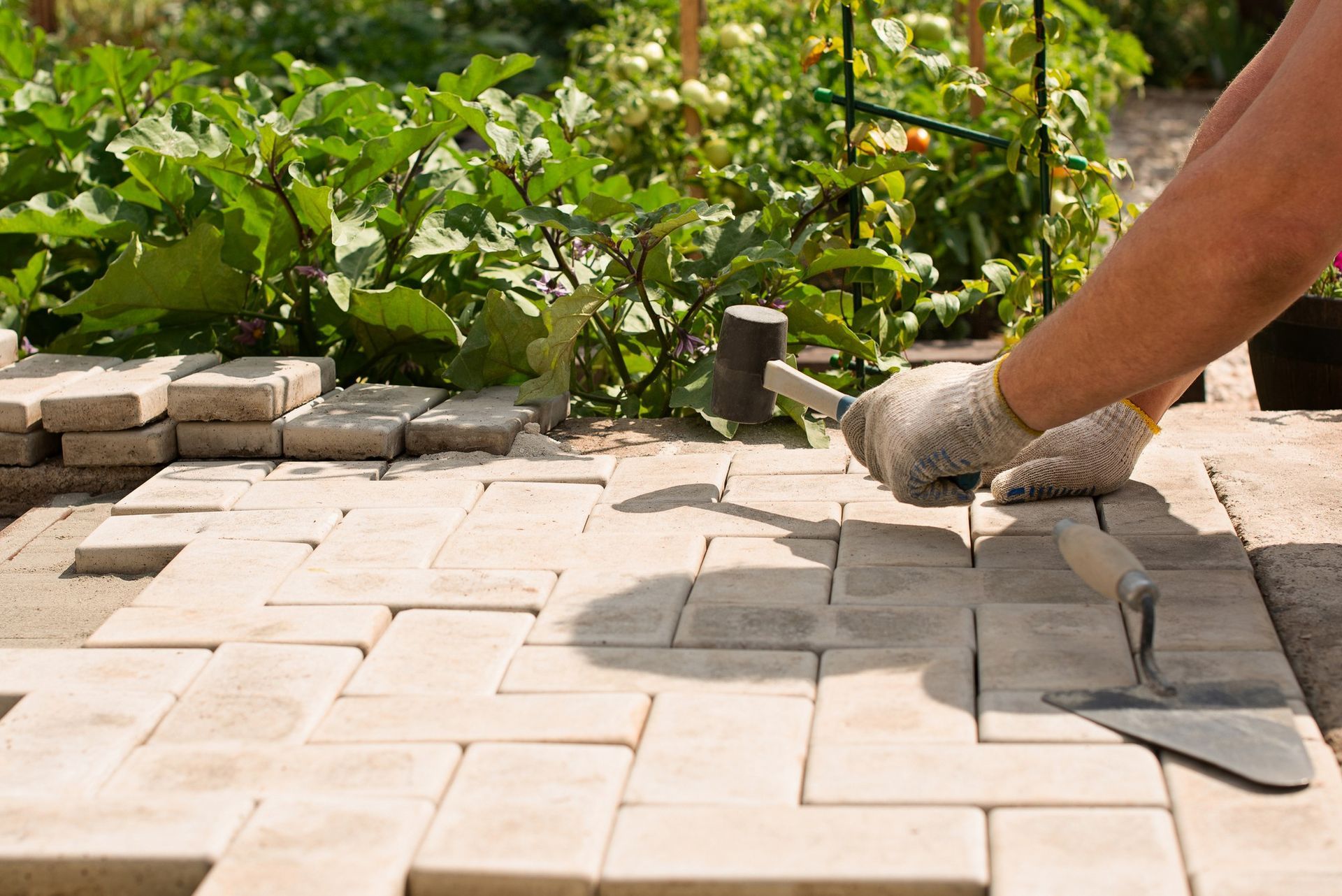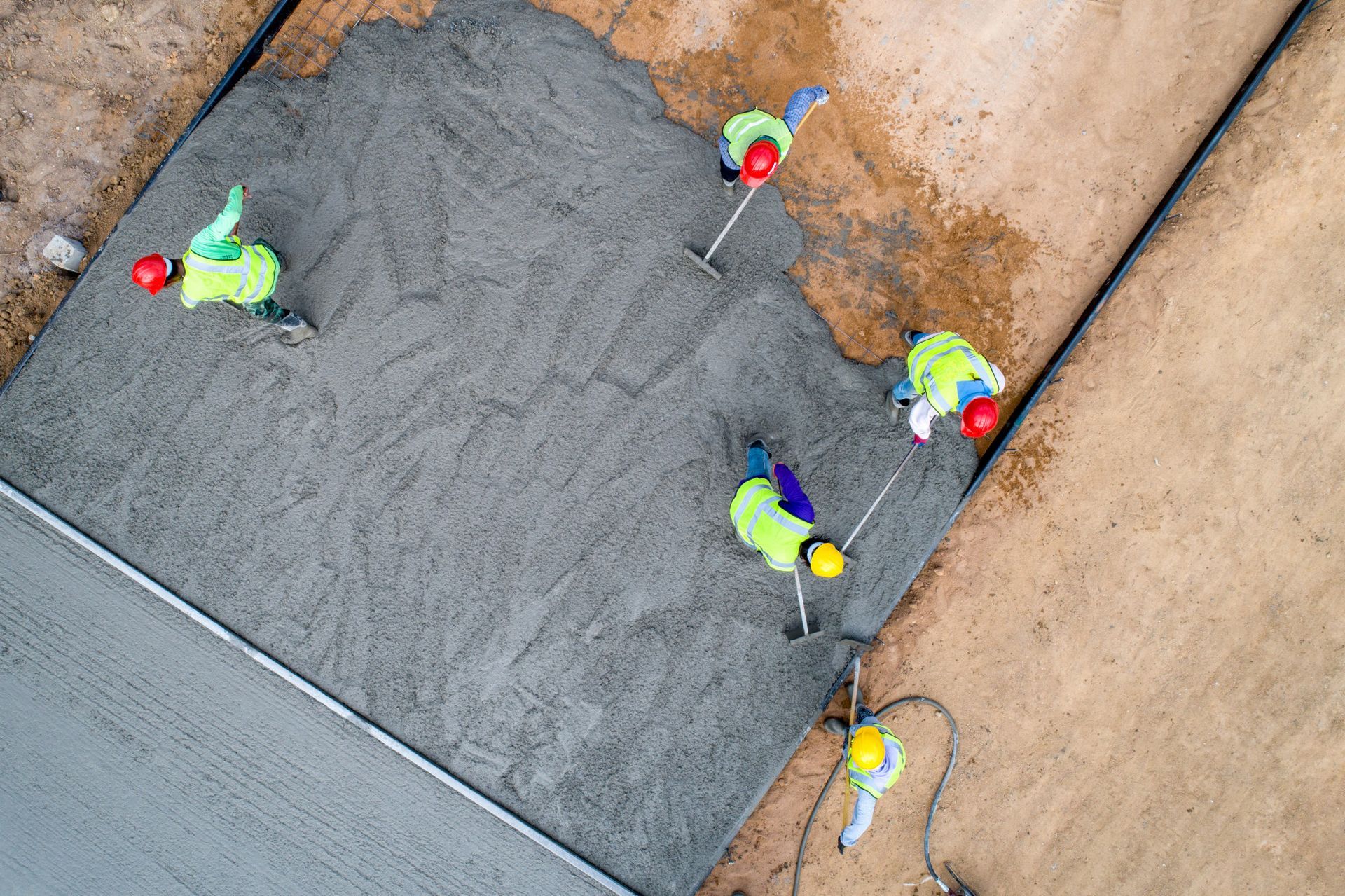5 Tips for Ensuring the Strength of Concrete Footings
When it comes to constructing a strong and durable foundation for any structure, the importance of well-designed and properly executed "concrete footings" cannot be overstated. Whether you are building a home, a commercial space, or an industrial facility, the integrity of your entire structure relies on the strength and durability of these essential components. In this article, we'll delve into five indispensable tips that every builder, contractor, or DIY enthusiast should keep in mind to ensure that their concrete footings stand the test of time. From assessing and preparing the soil to choosing the right concrete mix, each tip plays a crucial role in the overall stability and longevity of the structure. Let's explore these tips in detail to empower you with the knowledge needed for successful construction projects.
Tip 1: Soil Assessment and Preparation
Understanding Soil Types
When embarking on any construction project involving concrete footings, the first crucial tip is to understand the different "soil types" present at the building site. Soil composition directly influences the stability and load-bearing capacity of footings. Whether it's clay, sand, silt, or a combination, each soil type reacts differently to the weight and pressure exerted by structures. Recognizing the specific characteristics of the soil provides a foundation for informed decision-making during the construction process.
Preventative Measures
To ensure the longevity of concrete footings, it's imperative to implement preventative measures based on the identified soil type. Addressing potential issues such as soil erosion, settlement, or expansive soils requires strategic planning. Proper compaction of the soil before pouring concrete is a preventive measure that mitigates the risk of future structural problems. By meticulously assessing and preparing the soil, builders set the stage for robust and enduring concrete footings.
Tip 2: Proper Footing Design and Sizing
Load-Bearing Requirements
The second essential tip for ensuring the strength and durability of your "concrete footings" is understanding and calculating load-bearing requirements. Different structures demand various levels of support, and accurate calculations are paramount. Overloading or underloading footings can compromise their integrity, leading to potential structural issues. By carefully assessing the load-bearing needs of your specific project, you lay the groundwork for footings that can effectively support the structure throughout its lifespan.
Considerations for Different Structures
Not all structures are created equal, and neither are their footing requirements. Tip number two delves into tailoring your footing design to suit the unique demands of the structure being built. Whether it's a residential dwelling, a commercial space, or an industrial facility, considerations such as weight distribution, anticipated loads, and the overall structure's design play a crucial role in determining the most effective footing design. Adhering to load-bearing requirements tailored to the structure ensures the durability and longevity of concrete footings.
Tip 3: High-Quality Concrete Mix and Reinforcement
Choosing the Right Concrete Mix
The third indispensable tip revolves around selecting the right "concrete mix" to ensure the strength and durability of your footings. Not all concrete mixes are created equal, and the choice of mix significantly impacts the performance of footings. Factors such as aggregate size, water-cement ratio, and the inclusion of admixtures play a crucial role in determining the concrete's strength and resilience. By carefully considering these elements, builders can ensure that the concrete mix aligns with the specific requirements of the project, enhancing the overall quality of the footings.
Reinforcement Techniques
Beyond the concrete mix, effective reinforcement is vital for reinforcing footings against various stresses. Whether utilizing rebar, mesh, or other reinforcement techniques, incorporating these elements correctly enhances the structural integrity of concrete footings. Proper placement and securing of reinforcement within the concrete matrix contribute to the overall durability and resilience of footings, safeguarding against potential issues that may arise during the structure's lifespan.
Tip 4: Proper Formwork Installation
Importance of Formwork
Moving forward to tip number four, we emphasize the paramount importance of "formwork installation" in the process of ensuring strong and durable concrete footings. Formwork serves as the mold that shapes the concrete during pouring and curing. Its correct installation is crucial to achieving the desired shape, alignment, and structural integrity of footings. Proper formwork ensures that the concrete cures uniformly, minimizing the risk of cracks, voids, or other imperfections that could compromise the durability of the footings.
Best Practices for Formwork Installation
Understanding the significance of formwork, the article delves into best practices for its installation. This includes ensuring proper alignment, bracing, and securing to prevent leaks and maintain the integrity of the concrete. Addressing common issues related to formwork, such as inadequate support or misalignment, contributes to the overall success of the footing construction process. A meticulous approach to formwork installation is a key factor in achieving durable and long-lasting concrete footings.
Tip 5: Adequate Curing and Moisture Control
Curing Importance
The fifth and final tip focuses on the critical phases of "curing and moisture control" to ensure the optimal strength and durability of your concrete footings. Curing is the process of maintaining adequate moisture and temperature levels for the concrete to achieve its designed strength. Proper curing is essential for preventing cracks, enhancing the concrete's density, and ensuring long-term stability.
Moisture Control Strategies
Delving into the importance of moisture control, the article outlines practical strategies to manage moisture during and after the curing process. This includes protecting the footings from extreme weather conditions, implementing coverings, and avoiding premature drying. Effectively controlling moisture contributes significantly to the final strength and durability of the concrete footings, safeguarding against potential issues that could arise due to inadequate curing practices. By focusing on these crucial aspects, builders can fortify their footings, ensuring they stand resilient against the test of time.
Conclusion
In conclusion, mastering the art of creating strong and durable "concrete footings" involves integrating these five essential tips into your construction process. Understanding the soil, calculating load-bearing requirements, selecting the right concrete mix, reinforcing effectively, installing proper formwork, and implementing adequate curing and moisture control measures collectively contribute to the success of your footing project.
Holistic Approach to Construction
Each tip plays a unique role in a holistic approach to construction, ensuring that footings not only meet but exceed the required standards for strength and durability. By embracing these fundamental principles, builders and contractors empower themselves with the knowledge needed to tackle diverse construction projects successfully.
Long-Term Benefits
The benefits extend beyond the initial construction phase, with well-constructed footings laying the foundation for a structure's long-term stability. Whether you are building a residence, a commercial space, or an industrial facility, investing time and attention in implementing these tips promises a lasting impact on the overall quality and resilience of your concrete footings. Remember, a solid foundation sets the stage for a robust and enduring structure.
Frequently Asked Questions:
Q: Why is soil assessment important for concrete footings, and how do I conduct it?
A: Soil assessment is crucial as it helps determine the type of soil at the construction site, influencing footing stability. To conduct one, engage a geotechnical engineer who will assess factors like soil composition, bearing capacity, and potential issues such as erosion or settlement.
Q: What role does the concrete mix play in ensuring strong and durable footings?
A: The concrete mix is pivotal in determining the strength and durability of footings. It involves factors like aggregate size, water-cement ratio, and admixtures. Choosing the right mix tailored to project requirements enhances the overall quality and performance of the footings.
Q: How do I prevent common issues related to formwork installation in concrete footings?
A: To prevent issues with formwork, ensure proper alignment, bracing, and securing. Adequate support, attention to detail during installation, and using quality materials are key. Regular checks during the pouring and curing phases help address potential problems.
Q: Why is curing important for concrete footings, and what are the best practices for it?
A: Curing is essential for achieving the designed strength of concrete. Best practices include maintaining adequate moisture and temperature levels, using coverings to prevent premature drying, and protecting footings from extreme weather conditions.
Q: Can I use the same footing design for different types of structures?
A: No, different structures have unique load-bearing requirements. Tailoring the footing design to suit the specific needs of each structure is crucial. Consider factors like weight distribution, anticipated loads, and the overall design to ensure optimal footing performance.
All Rights Reserved | Bri-Mic Construction, Inc.

